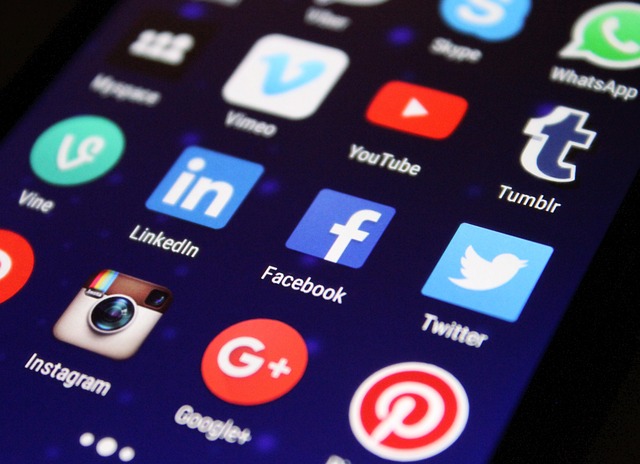
The Evolution of Workplace Culture: Designing a Future with Science and Technology
The modern workplace is undergoing a transformative evolution, driven largely by advancements in science and technology. This transformation not only shapes how we work but also redefines the very culture that envelops our professional environment. In this era of rapid change, the design of workplace culture has never been more critical.
At its core, design is about crafting experiences, and workplace culture is no exception. With the rise of remote work and flexible office arrangements, businesses are beginning to realize that a traditional approach to workplace culture is no longer sufficient. Instead, they are looking towards innovative solutions born from the fields of science and technology.
Science plays a pivotal role in understanding human behavior, motivation, and productivity within the workplace. Research has shown that the physical environment significantly influences employee well-being and performance. For instance, studies indicate that natural lighting, ergonomic furniture, and open spaces can enhance creativity and collaboration. By integrating these scientific insights into the design of their workspaces, companies can foster a more engaging and supportive culture.
On the other hand, technology offers tools that can facilitate a more inclusive and connected workplace. Collaboration software, virtual reality meeting spaces, and artificial intelligence-driven analytics are just a few examples of how technology can help organizations create a culture that promotes teamwork and innovation, regardless of geographical boundaries. With the right technological solutions, employees can connect, share ideas, and collaborate seamlessly, reinforcing a sense of community and shared purpose.
The integration of science and technology into workplace culture also hinges on the core values that a company stands for. Values like diversity, equity, and inclusion are essential in ensuring that all employees feel represented and valued. Thoughtful design that prioritizes these values can lead to a more positive and productive work environment, where everyone feels empowered to contribute their best work.
Moreover, the shift towards a more hybrid work model raises important questions about the future of workplace culture. As organizations navigate this transition, the design of their culture must be adaptable. Embracing feedback mechanisms, such as regular check-ins and surveys, can provide insights into employee sentiments and preferences, allowing companies to fine-tune their approach continuously.
As we move forward, let us remember that the workplace is not just a space, but a community shaped by shared experiences and ideologies. By harnessing the power of science and technology, companies have the opportunity to design cultures that truly resonate with their values, fostering a sense of belonging and purpose among employees. The future of workplace culture is bright, and it’s up to us to shape it with intention and empathy.



